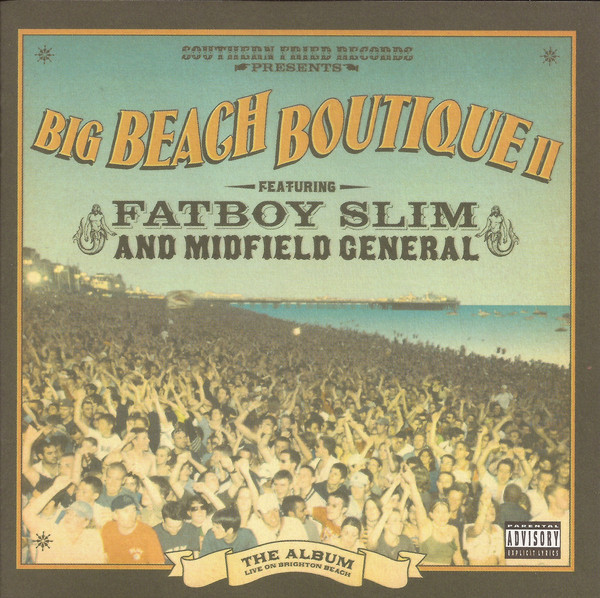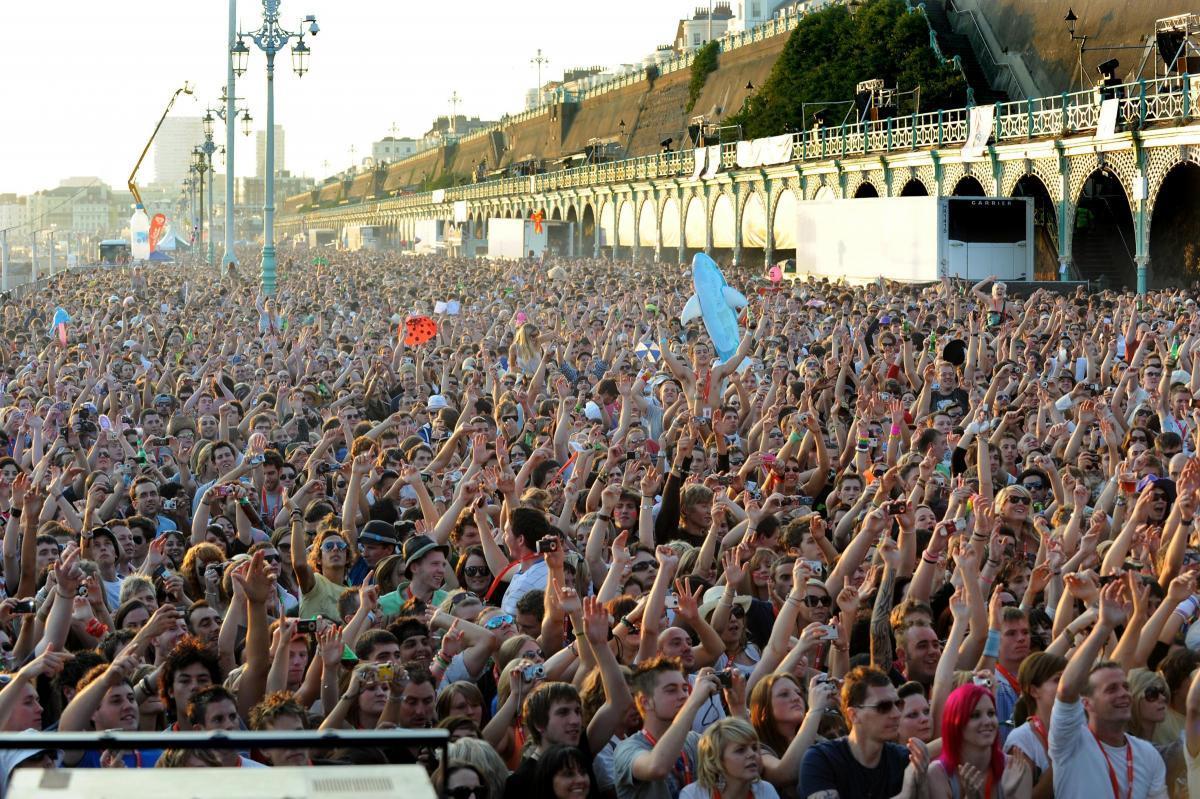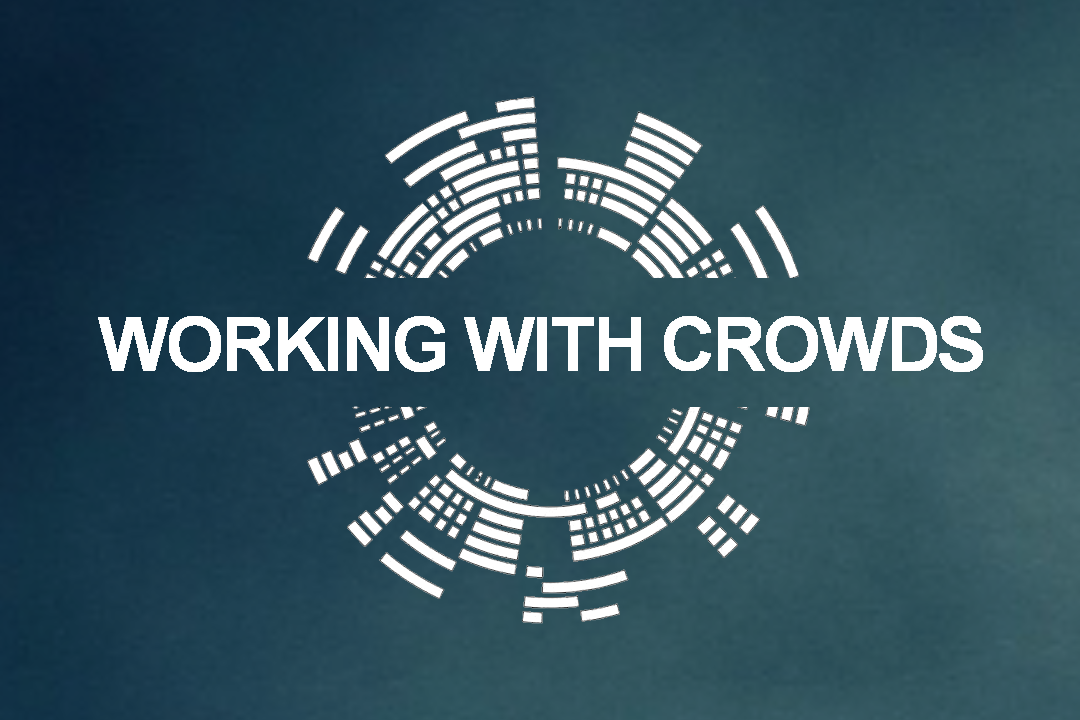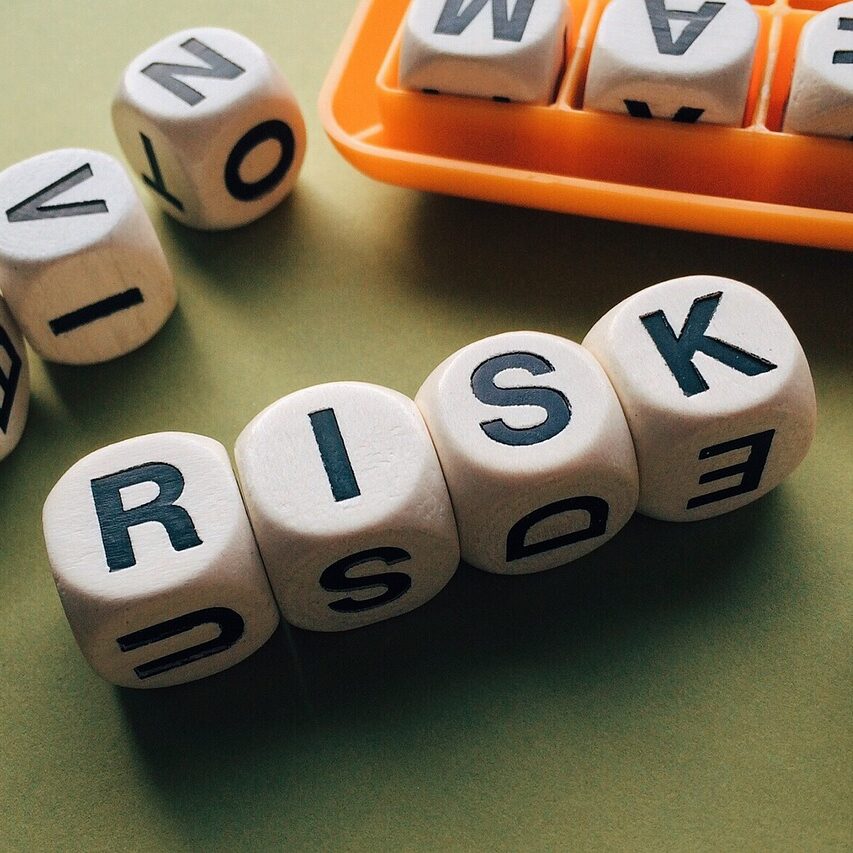
Memories of Fatboy Slim’s Big Beach Boutique parties
theargus.co.uk
ONE of Europe’s biggest beach parties was held 15 years ago right here in Brighton, when Fatboy Slim held the Big Beach Boutique.
Around 250,000 people attended the event, more than four times the number of party-goers expected.
Thousands of people who were left stranded by inadequate transport services continued to party into the night.
Brighton restricts beach parties after Fatboy Slim concert chaos
independent.co.uk
Fatboy Slim will not be able to repeat this summer’s huge Brighton beach party next year after councillors decided that adequate safety controls could not be put in place in time.
However, Brighton and Hove City Council has said the party, which drew 250,000 people in July, can return in 2004 once procedures for coping with the crowds are in place. Until then, it has decided to restrict open-air events on the beach to about 60,000 people, the number that the authorities had expected to go to the party by the DJ, also known as Norman Cook.
Fatboy Slim crowds cause chaos
news.bbc.com
A man has died of a heart attack and a woman is critically ill in hospital after a quarter of a million people crammed onto Brighton seafront for a Fatboy Slim concert.
The city was overwhelmed by party goers on Saturday, after an estimated 250,000 people turned up for an open air party hosted by the star.
The fatality and a number of injuries occurred as fans packed onto the beach and promenade between Brighton’s two piers, forcing ambulance crews to take to lifeboats to rescue casualties.
Managing to avert disaster: Explaining collective resilience at an outdoor music event
John Drury,
David Novelli,
and Clifford Stott
Abstract
There is considerable evidence that psychological membership of crowds can protect people in
dangerous events, though the underlying social-psychological processes have not been fully
investigated. There is also evidence that those responsible for managing crowd safety view crowds as a source of psychological danger, views which may themselves impact upon crowd safety; yet there has been little examination of how such ‘disaster myths’ operate in practice. In a study of an outdoor music event characterized as a near disaster, analysis of questionnaire survey data (N = 48) showed that social identification with the crowd predicted feeling safe directly as well as indirectly through expectations of help and trust in others in the crowd to deal with an emergency. In a second study of the same event, qualitative analysis of interviews (N = 20) and of contemporaneous archive materials showed that, in contrast to previous findings, crowd safety professionals’ references to ‘mass panic’ were highly nuanced. Despite an emphasis by some safety professionals on crowd ‘disorder’, crowd participants and some of the professionals also claimed that self-organization in the crowd prevented disaster

Everyone for themselves? A comparative study of crowd solidarity among emergency survivors
John Drury
Chris Cocking
and Steve Reicher
Crowd behaviour in emergencies has previously been explained in terms of either ‘mass
panic’ or strength of pre-existing social bonds. The present paper reports results from a
study comparing high- versus low-identification emergency mass emergency survivors
to test the interlinked claims (1) that shared identity in an emergency crowd enhances
expressions of solidarity and reduces ‘panic’ behaviour and (2) that such a shared
identity can arise from the shared experience of the emergency itself. Qualitative and
descriptive quantitative analyses were carried out on interviews with 21 survivors of 11
emergencies. The analysis broadly supports these two claims. The study therefore
points to the usefulness of a new approach to mass emergency behaviour, based on selfcategorization theory (SCT).

Woman dies after Brighton party fall
news.bbc.com
A 25-year-old Australian nurse has died from injuries received after Saturday’s huge beach party in Brighton.
Karen Manders, who lived in east London, died on Tuesday at 1300 BST in the Royal Sussex County Hospital, after falling from railings on the sea front in the early hours of Sunday morning.
A Sussex Police spokeswoman described her death as “a tragic accident” and police are no longer treating it as suspicious.
Clean-up after big beach bash
dailymail.co.uk
A massive clean-up operation was continuing today after almost a quarter of a million people turned the streets of a city into a giant party – bringing chaos, injuries and arrests.
A 26-year-old woman was still critically ill after falling from railings as tens of thousands of revellers tried to leave Brighton following the Big Beach Boutique, a free open air rave staged by DJ Fatboy Slim.
There were chaotic scenes as revellers clung to ambulances to escape the crush, and scores of people had to be plucked from the sea.
Crowdedness Mediates the Effect of Social Identification on Positive Emotion in a Crowd: A Survey of Two Crowd Events
Abstract
Exposure to crowding is said to be aversive, yet people also seek out and enjoy crowded situations. We surveyed participants at two crowd events to test the prediction of self-categorization theory that variable emotional responses to crowding are a function of social identification with the crowd. In data collected from participants who attended a crowded outdoor music event (n = 48), identification with the crowd predicted feeling less crowded; and there was an indirect effect of identification with the crowd on positive emotion through feeling less crowded. Identification with the crowd also moderated the relation between feeling less crowded and positive emotion. In data collected at a demonstration march (n = 112), identification with the crowd predicted central (most dense) location in the crowd; and there was an indirect effect of identification with the crowd on positive emotion through central location in the crowd. Positive emotion in the crowd also increased over the duration of the crowd event. These findings are in line with the predictions of self-categorization theory. They are inconsistent with approaches that suggest that crowding is inherently aversive; and they cannot easily be explained through the concept of ‘personal space’.

Pier pressure
theguardian.com
DJ Fatboy Slim threw a party … and 250,000 revellers came. Few of them were aware, as Brighton descended into chaos, just how close the packed seaside resort came to tragedy
Brighton Big Beach Boutique: The 'apocalyptic' Fatboy Slim gig in the words of those who witnessed it
sussexlive.co.uk
Scenes following the event in 2002 are described in vivid detail by those who were there





